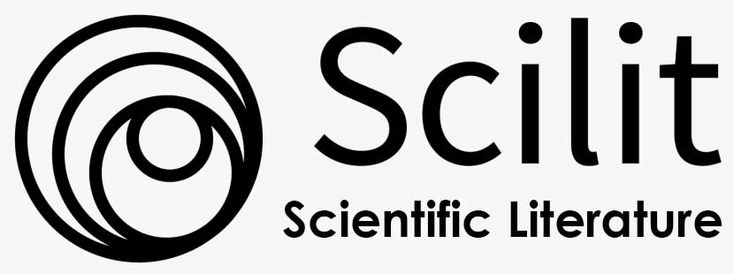IDENTIFICATION PATTERN OF WATER QUALITY REDUCTION OF BALANGAN RIVER USING INVERSE DISTANCE WEIGHTED METHOD IN BALANGAN REGENCY, SOUTH OF KALIMANTAN, INDONESIA
Abstract
The diversity of activities along the Balangan river causes waste disposal, which contributes to an increase in pollution load in the Balangan river. The purpose of this study is to predict the water quality conditions spatially using IDW method, and to determine the relation among distance and water quality status. In the whole location, the results showed that the pollution load capacity was exceeded, the levels of BOD5, COD, Sulfide, Iron, Manganese and Phosphate were parameters that had exceeded the quality standard. The pattern of water quality decreases in the downstream area, especially at BOD5 and COD levels. While the levels of TSS, Nitrate, Nitrite, Ammoniac, Iron, Manganese, and Detergent showed a temporary pattern of decline and showed an increase again. Phosphate levels showed a temporary increase and then there was a decrease again afterwards. Based on the sampling location the distance between the starting point and end point is 12 km, the prediction of the distribution of water quality using IDW shows that at a distance of 1-6 km shows a stable water quality pattern, a distance of 7-10 has improved water quality and 11-12 has decreased water quality.
Keywords
Full Text:
PDFReferences
Boyd, C.E. 1988. Water Quality in Warmwater Fish Ponds. Fourth Printing. Autburn University Agricultural Experiment Station. Alabama. USA.
Davis, M. L. and Cornwell, D. A. 1991. Intoduction Environmental Engineering. Second edition. Mc-Graw-Hill, Inc. New York.
Dudgeon, D. (2008). Tropical Stream Ecology. Academic Press. London.
Effendi, H. 2003. Study of Water Quality: for natural resources and water environmental management. Kanisius. Yogyakarta.
Fadly, N.A. 2008. Assmilative and Carrying Capacity in Ciliwung River and Management Strategy. Thesis. University of Indonesia, Depok.
Foley, J.A., Defries, R., Asner, G.P., Barford, C., Bonan, G. and Carpenter, S.R. (2005). Global consequences of land use. Science, 309 (5734): 570-574.
Mehrdadi, N, Ghobadi M, Nasrabadi T, Hoveidi H. 2006. Evaluation of The Quality and Self Purification Potential Of Tajan River Using Qual2e Model. Iran, J. Environ. Health.Sci. Eng. 3, 199-204.
Ometo, J.P.H.B., Martinelli, L.A., Ballester, M.V., Gessner, A., Krusche, A.V., Victoria, R.L. and M. Williams. 2000. Effects of land-use on water chemistry and macro invertebrates in two streams of the Piracicaba river basin, South-east, Brazil. Freshwater Biology, 44: 327-337.
Sutrisno, C,T. 2006. Water Supply Technology. OT Rineka Cipta. Jakarta.
Pasaribu, Juwita and Nanik S. 2012. Comparison of SRTM DEM Interpolation Techniques With Inverse Distance Weighted (IDW), Natural Neighbor and Spline Methods. Remote Sensing Journal, 9 2, 2012: 126-139.
Wardoyo, S.T.H. 1981. Water Quality Criteria for Agricultural and Fishery. Environmental Impact Assessment Training. Diponegoro University and Bogor Agricultural University.
Xia Yu, H. Lingguang, Xu Ligang. 2011. Characteristics of Diffuse Source N Pollution in Lean River Catchment. Procedia Environmental Sciences,10. pp 2437 – 2443.
DOI: http://dx.doi.org/10.21776/ub.jeest.2019.006.02.5
Refbacks
- There are currently no refbacks.

This work is licensed under a Creative Commons Attribution 4.0 International License.







